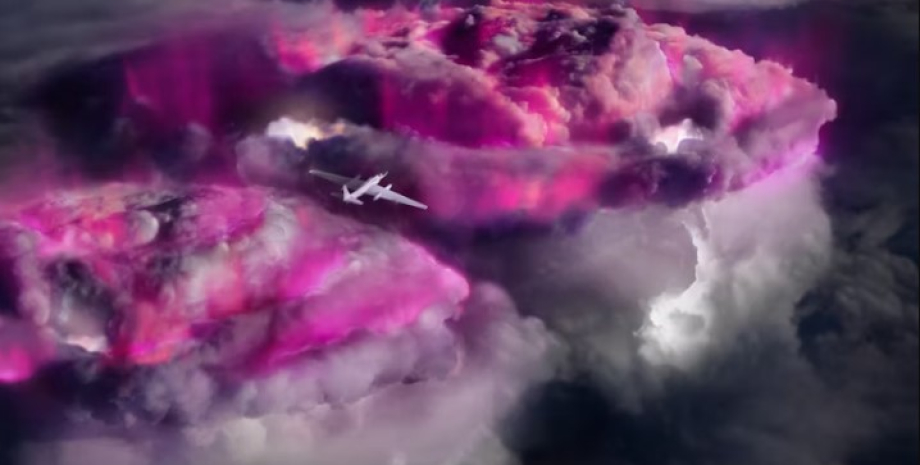
 By Natali Moss
By Natali Moss
In the new mission, scientists used the ER-2 NASA research aircraft to study gamma rays in tropical thunderstorms. Space physicist at Bergen University Nikolai Ostgaard and colleagues finally published their conclusions. In focus. Technology has appeared its Telegram channel.
Subscribe not to miss the latest and most intrusive news from the world of science! During the study, the written NASA reconnaissance aircraft flew over the peaks of clouds of powerful thunderstorms over the Caribbean and Central America and noticed that thunderstorm clouds glow gamma rays.
The aircraft devices recorded bright, rapid outbreaks of gamma radiation every time the lightning swept through the clouds, as well as the constant flickering glow of high-energy radiation in the clouds between flashes. In addition, scientists have recorded two short bursts of gamma radiation that were not previously observed. It is interesting that 9 out of the 10 thunderstorms over which the plane flew were accompanied by gamma radiation. This indicates that.
That large thunderstorms emit gamma radiation often. The authors of the study now believe that the results of their work can shed light on how lightning is formed. It should be noted that scientists are much aware of lightning, but the process of their formation is still not fully understood by meteorologists. This is not the first time that scientists have recorded gamma rays from great thunderstorms.
In the 1990s, they got to the NASA satellites, sharpened to study gamma splaughters, which emit dead stars that face millions of light years from us. Unfortunately, satellite devices were not intended to study the radiation originating from the Earth, and therefore outbreaks of gamma rays originating from the thunderstorm remained a mystery. At that time, the U-2 was designed specifically for the study of events that occur just below its cruising height of 21 336 meters.
After the Cold War, NASA got a couple of these aircraft and converted them for research instead of spy. As a result, the written-offs of the reconnaissance helped scientists study the top layers of the atmosphere and test devices for future satellites. On the basis of new missions, scientists have found that large thunderstorms produce gamma rays much more often than anyone could imagine.
The storms generate incredibly strong electric fields, and these electric fields act as giant particle accelerators, shooting electrons at a huge speed. When one of them inevitably crashes into the air molecule, this collision releases a splash of energy and scatters subatomic particles. The energy of each collision increases until the energy ultimately produces gamma rays. Scientists have found that the largest thunderstorms produce gamma rays much more often than previously thought.
This is due to the fact that their strong electric fields act as particle accelerators and threw electrons at the sky at great speed - simple words, until these fast electrons are cut into the air molecule. The collision releases a spike in energy and scatters subatomic particles, which leads to more collisions and more energy bursts. In the end, the collision occurs with energy sufficient to create small nuclear reactions that release gamma rays.
According to the co-author of the study of Stephen Cammer from Duke University, as it turned out, all major thunderstorms generate gamma rays throughout the day in many different forms. It should be noted that nuclear reactions that occur during the collision of fast electrons with air molecules during thunderstorms are much smaller than a nuclear bomb. Moreover, such reactions do not mean that planes or passengers are not in danger at all.
The study authors found that lightning outbreaks occur not only in the visible light, most of the earthly flashes of gamma radiation occurred along with large lightning outbreaks, and only millions of seconds last. Scientists believe that lightning category gives an additional energy pulse of the already reacted electrons that rush around a thunderstorm, so their collisions can cause nuclear reactions that release gamma rays.










All rights reserved IN-Ukraine.info - 2022